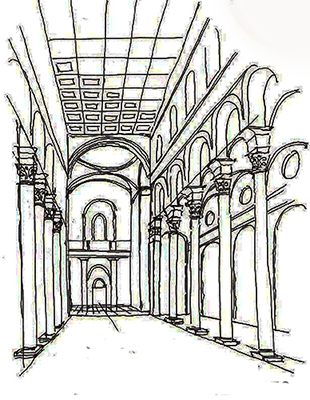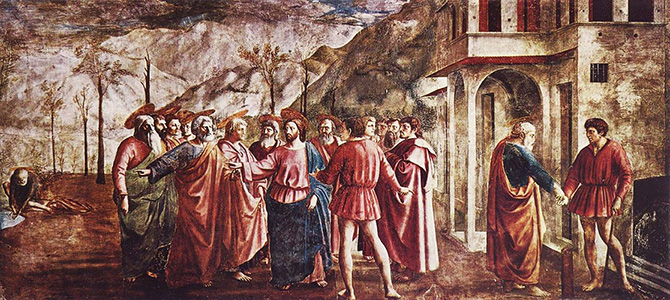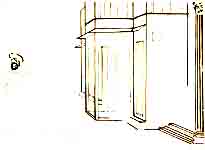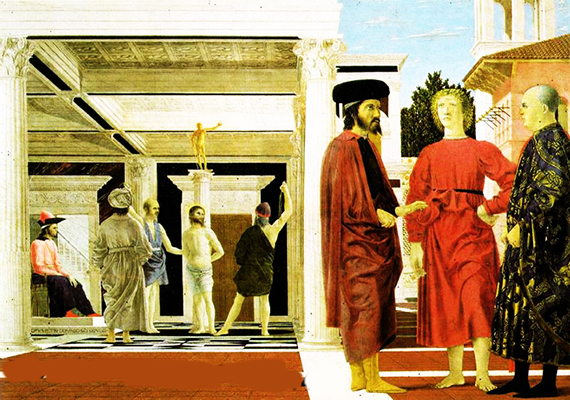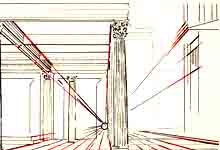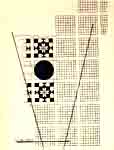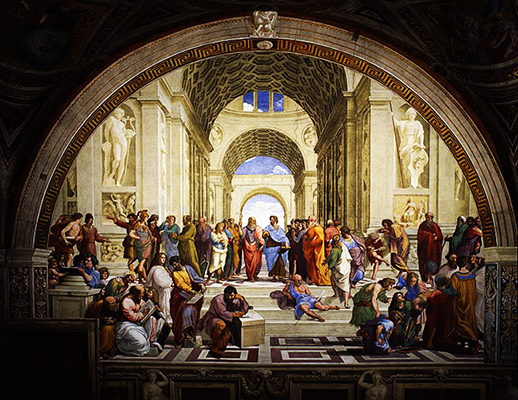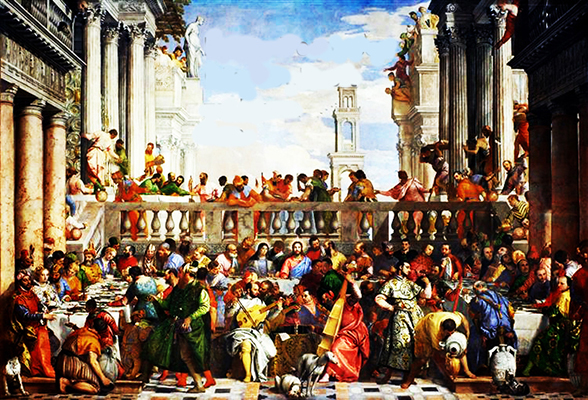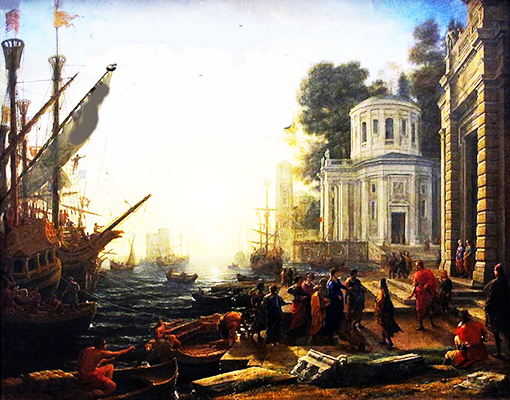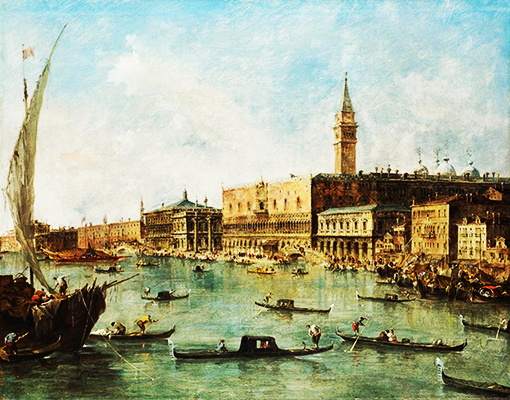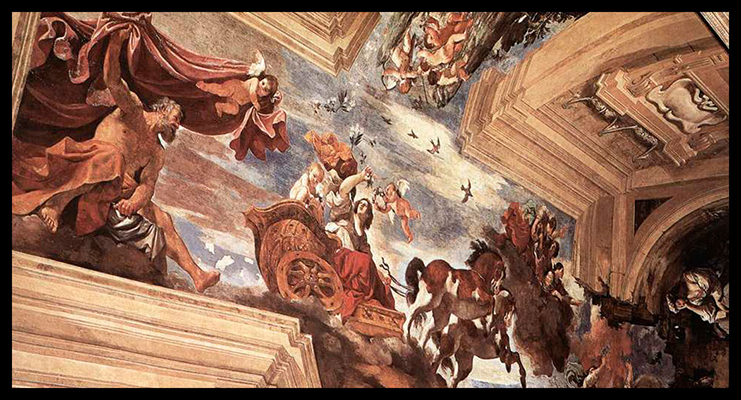REFLECTIONS ON THE REPRESENTATION OF SPACE IN PAINTING
Jordi Rodríguez-Amat
For many centuries, the system of perspective representation that was established in Florence around the first third of the 15th century, has been accepted as an absolute truth. There are those who have even described all the plastic systems previously used in the representation of space as erroneous. We must understand, I think, as opposed to a rule or a method and not as a synonym of equivocation or false, the fact of judging the other systems used for the representation of three-dimensional space as wrong.

It is true that the perspective system created or rediscovered by the Florentine architect Filippo Brunelleschi in 1425, based on a central projection with a single vanishing point, made it easy to create three-dimensional spaces very similar to those perceived by human vision. So, from that same moment until the end of the last century, all Western painting used this method of visual perspective and, following Brunelleschi's principles, theorized as well as systematized by Paolo Ucello, Piero de la Francesca, Sandro Botticelli and many other artists of the early Renaissance, allowed the representation of visual space on a flat surface.
Despite being an architectural work, San Lorenzo (Florence), among many studies and works, was where Brunelleschi already made use of the perspective concept with a single vanishing point (central perspective).
